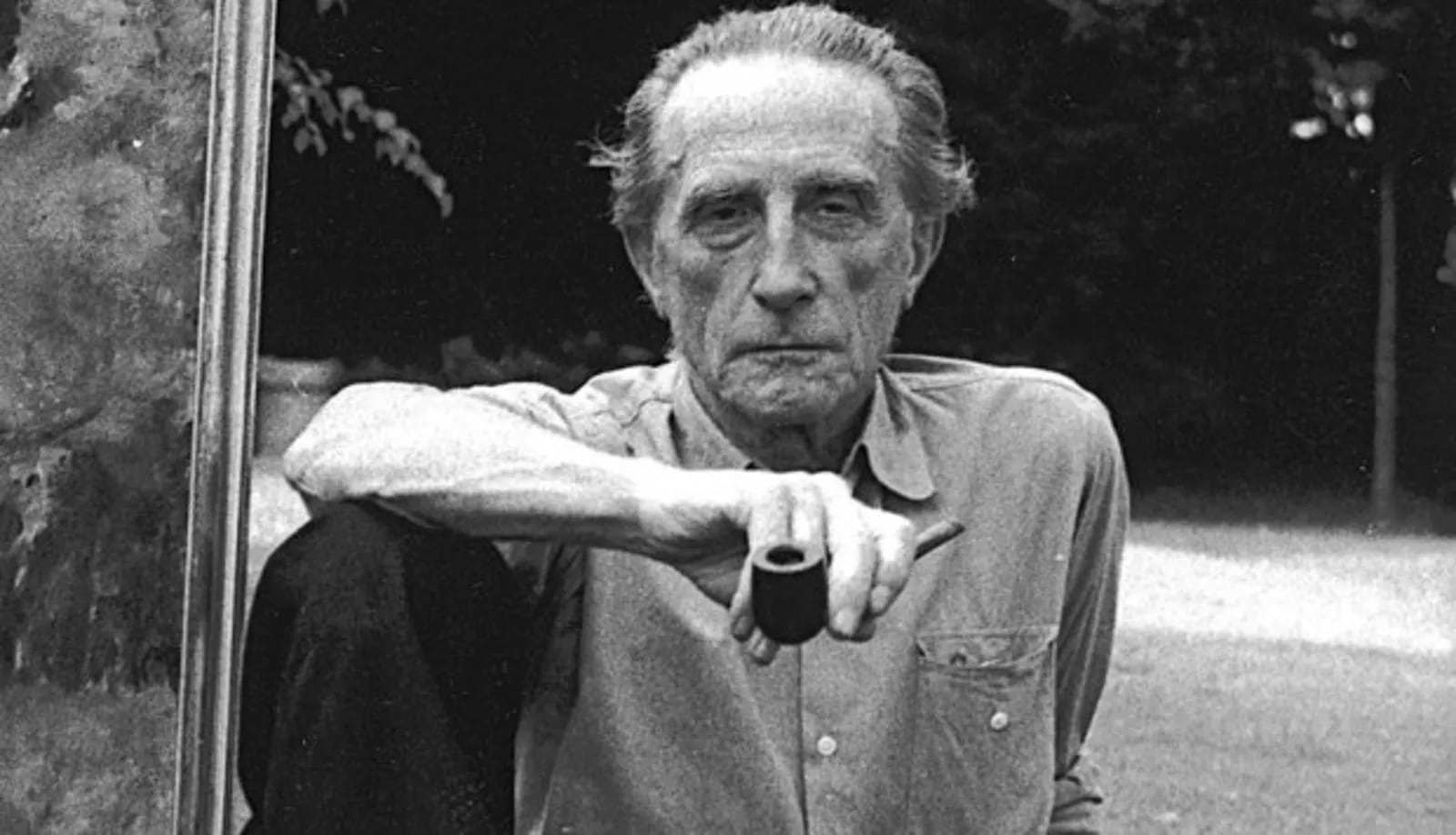Marcel Duchamp was a French-American artist with an affinity for the avant-garde. Though he is most often associated with the Dadaists, his work spans many different movements of art and design such as Cubism, Surrealism, Pop Art and Digital Art. Marcel Duchamp Marcel Ferdinand Dudochamps was born on 28 July 1887 in Blainville-Crevon (near Rouen), Seine-Inférieure, France. Marcel’s father died when he was 8 years old and Marcel studied at Lycee Pierre Corneille in Rouen from 1903 to 1904. Marcel then studied electrical engineering at the Sorbonne, Paris, but he left school at age eighteen without completing his degree because of ill health. Marcel began studying painting and drawing at the Academie Julian under Jean-Paul Laurens – where he met Francis Picabia and Pablo Picasso – between 1901 and 1905. Marcel also started visiting galleries and museums like the Louvre, beginning a lifelong love affair with Impressionism and Post-Impressionism. Marcel also left a lasting impression on the art world after his disdain for one of Picasso’s paintings while at the Academie Julian, which Marcel insulted by drawing a mustache and goatee on it (according to legend). Marcel was expelled from the school soon after. Marcel Duchamp Marcel Duchamp returned to Paris in 1907 where he took up residence in a studio located above a paint shop that would later serve as inspiration for many of his readymades. That same year Marcel attended an exhibition of Old Masters at the Salon d’Automne where he first saw the work of Giorgio de Chirico, who became a major influence on Marcel; so much so in fact, that Marcel would later write an article about the artist for The Blind Man magazine. Marcel also met André Breton in 1907 through a mutual friend, and Marcel became part of his circle and contributed work to two Dada publications: Littérature (1914) and 391 (1921). Marcel Duchamp Marcel Duchamp was drafted into military service during World War I, but he managed to avoid being sent to the front lines by falsely claiming he had a medical condition. After the war Marcel married his long-time love, Suzanne Malherbe, in 1919; they remained together until Marcel’s death in 1968. Marcel moved on from Surrealism toward Cubism after discovering Picasso’s painting Les Demoiselles d’Avignon in 1907, and Marcel incorporated the almost mechanical or ‘readymade’ appearance of Cubism into his own work several years later. Marcel’s earliest Cubist-inspired works include Nude Descending a Staircase (1912) – which Marcel submitted to Salon d’Automne in 1912 but was rejected because of its shocking content – and an untitled watercolor from that same year. Marcel Duchamp Marcel became interested in Dada around 1915 after hearing a lecture by Tristan Tzara, who Marcel admired for creating a “completely new sensation”. Marcel began writing poetry as well as making collages at this time, such as The Bride Stripped Bare by Her Bachelors, Even (or The Large Glass, 1915) and Marcel Duchamp invented the word ‘readymade’ in 1915 to describe his new artistic concept which involved choosing mass-produced objects as artworks. Marcel’s first readymade was bicycle wheel painted with enamel paint and varnish that Marcel attached to a wooden stool. Marcel liked this work so much he began making more readymades like Bicycle Wheel (1913/64), Fountain (1917), Bottlerack (1914), and In Advance of the Broken Arm (1915). Marcel also had a commercial career during this time designing advertisements for fashion magazines. Marcel’s ‘retirement’ from art came around 1920 when he decided that all artists should be “innocent” when producing art; Marcel had an inexplicable, but thorough distaste for photography. Marcel Duchamp Marcel’s first retrospective exhibition took place at Galerie Alfred-Rey in Biarritz from May 27 to June 23, 1947. Marcel was living in New York during this time and he continued his commercial work by designing jewelry and book jackets for New Directions Publishing Co. Marcel moved back to Paris in 1951 where he soon became a popular figure with the young French artists of Dada (who called Marcel ‘Papa’); Marcel even helped organize an exhibition that featured their works: Homage to Marcel Duchamp (1952).
